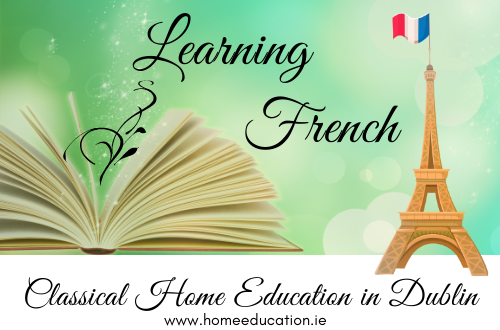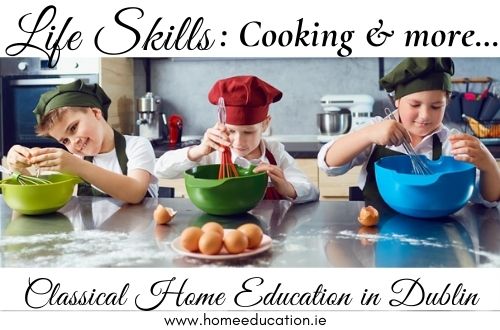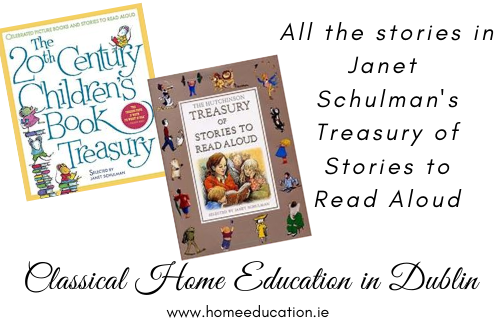Music Theory
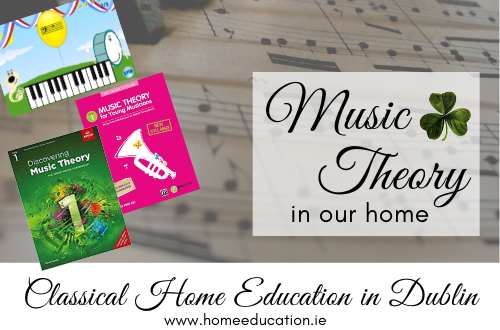
Recently friends were asking me what we were using for music theory. A lovely friend had shared her recommendations for music theory books with me. These have been working well for my family, and so I have created this post to share what we use with you.
As we are using a Classical / Charlotte Mason approach in our home, we don’t use many workbooks. My children are both learning piano, my daughter is learning the violin (I highly recommend making the journey to Crehan‘s if you are near Dublin and wish to purchase a violin) and they both enjoy singing.
Learning music theory supports playing an instrument. This is whether or not you decide to take any exams. A good workbook was a straightforward way of providing a solid understanding of music theory, which is used for all instruments.
There are various organisations running music exams in Ireland, including the Royal Irish Academy of Music RIAM and ABRSM. ABRSM, located in London, is the exam board of the Royal Schools of Music. They deliver over 650,000 music exams and assessments every year in 93 countries, and so there is a lot of resources available online to support students working towards their qualifications. The books below are ABRSM. This made it easy if my daughter wanted more detail than a page in the workbook provided, which happened two or three times in the last few chapters. As I write ABRSM are offering online exams.
Watching my second child progressing through the same subjects, I am able to appreciate better the quality of materials, see how a foundation is being built and see the long term picture. EMedia My Piano, which I described in my post about learning the basics of piano, certainly falls into that category. It is an inexpensive (once off purchase) piece of software, but with a lot in it. The fun games go through the early basics of music theory.
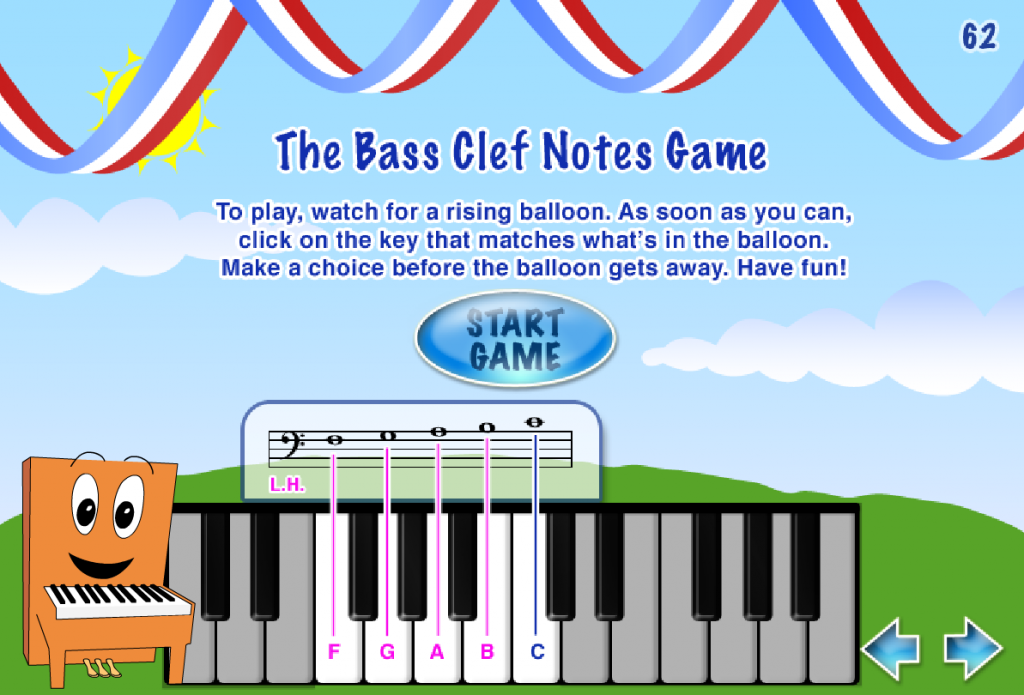
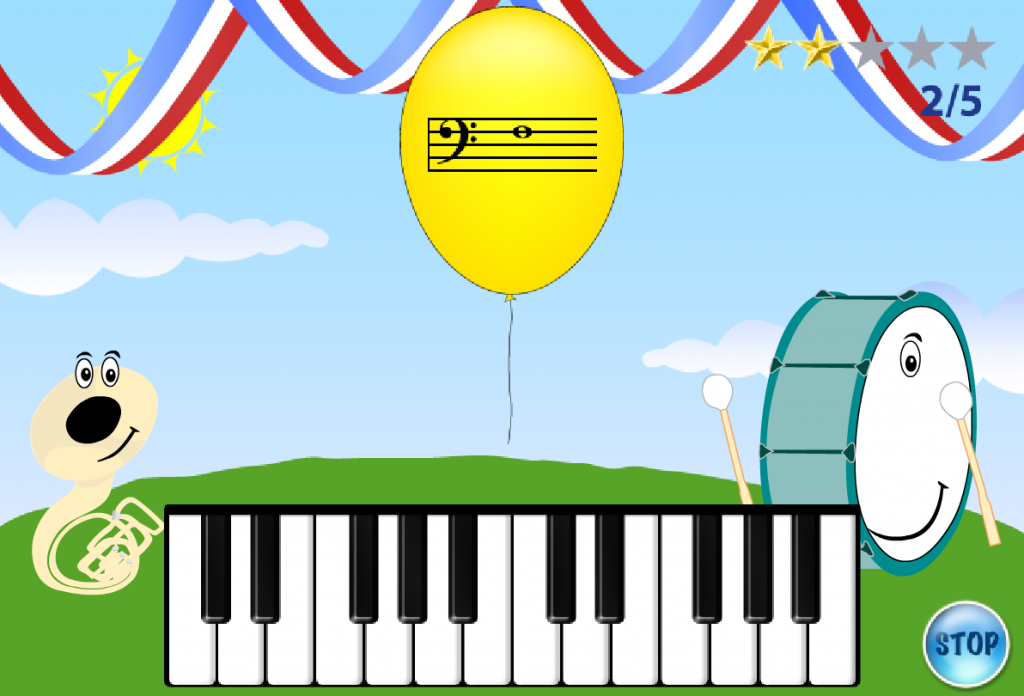
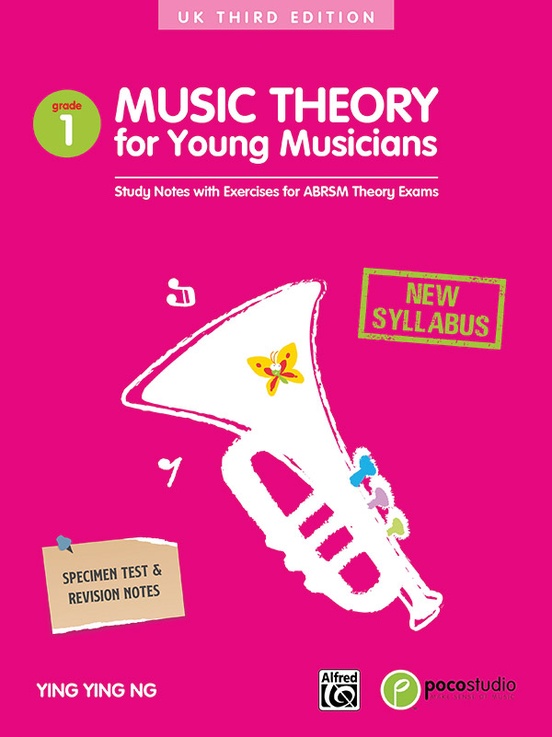
Moving on from that level, we used Music Theory for Young Musicians Grade 1 (Amazon ISBN 9671000312 is the 3rd edition despite the image on Amazon). A significant plus of this book, for a busy home educating mom, is the Answer Key (Amazon). The answer key provides answers for all five books (grades/levels). The book is fairly colourful with little characters and animals, and has a friendly, fun feel to it, while remaining clear and straightforward. You can see samples on Alfred Music, the publisher’s website – book info, PDF sample. I am also including a sample page below.
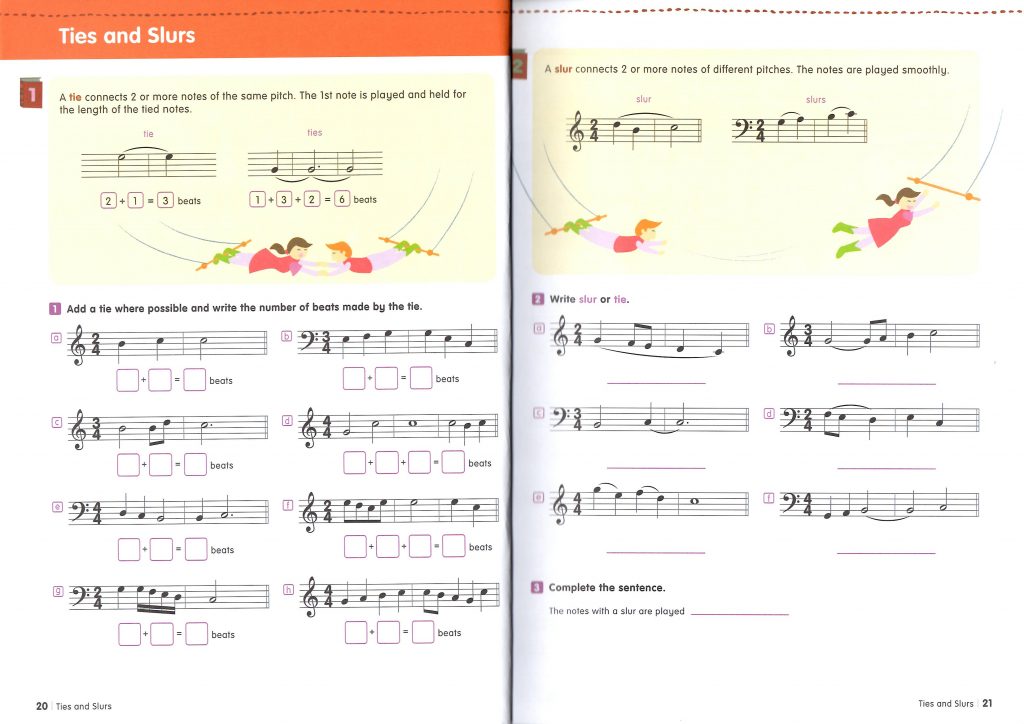
This book worked well for my daughter when she was 9. She used it mostly independently. She did a page or two twice a week. For my son, at age 8, I usually need to sit with him as he works through a page, at least at the beginning of the page.
The author Ying Ying Ng also has books aimed at younger children, with less information on a page and larger images. (Amazon) Again you need to visit Alfred Music, the publisher’s website to see samples – book info, PDF sample.
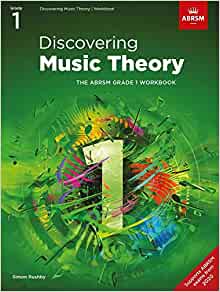
My daughter is now looking to do the ABRSM music theory exam as part of working towards doing the ABRSM grade 1 exam for violin. She is now working through Discovering Music Theory, The ABRSM Grade 1 Workbook (Amazon). This comes with an Answer Key just for the Grade 1 book (Amazon). Although this covers the same information as Music Theory for Young Musicians it is more serious. No cute pictures in this book. When I showed my son both books, he choose Music Theory for Young Musicians, and my daughter was glad she had used it, so I am happy with the route we have taken. You can’t see inside on Amazon, so here are two pages from the book, so that you can see if this will work for you. The first is on ties, the same topic as the example page above. You can download sample pages on the ABRSM site.
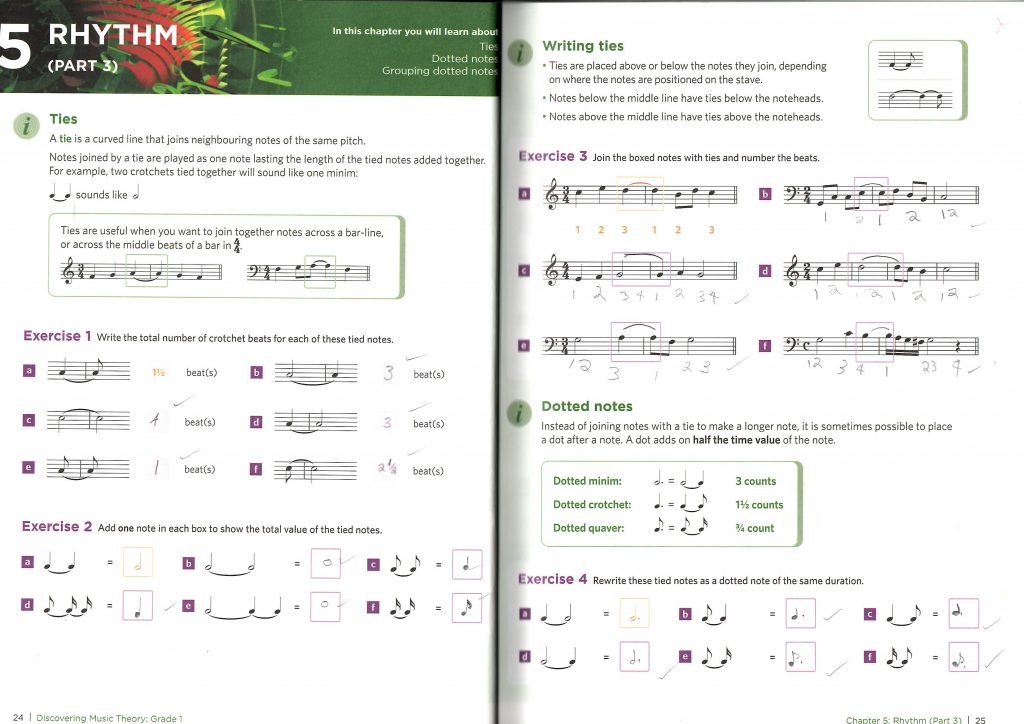
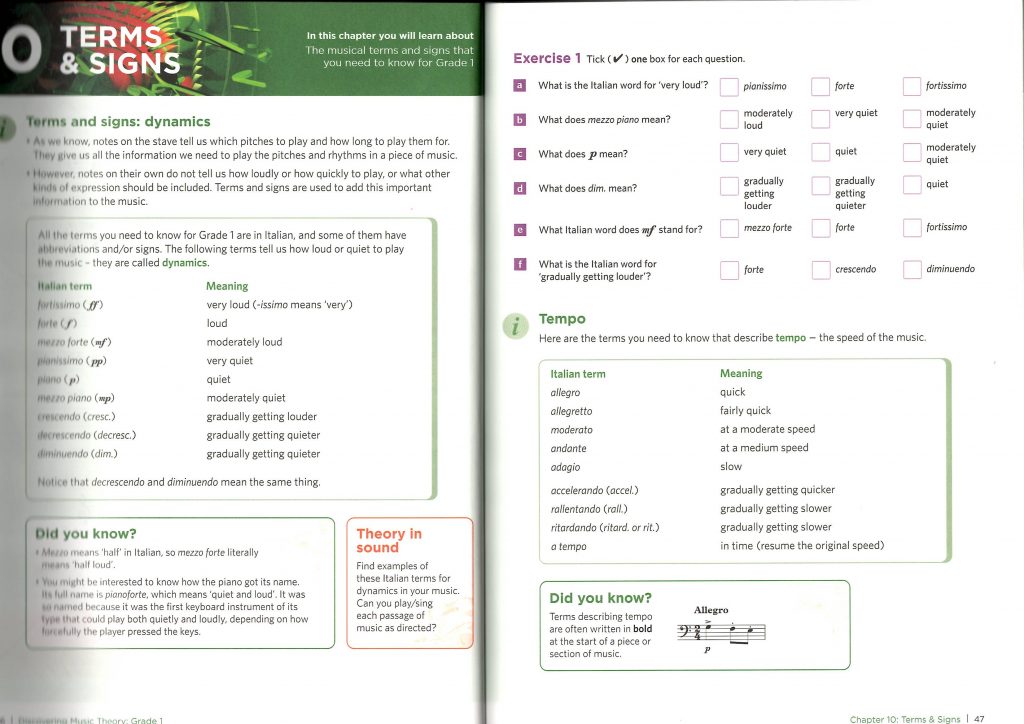
When my daughter has completed Discovering Music Theory, The ABRSM Grade 1 Workbook she will take ABRSM’s music theory exam. The music theory exam is currently online. She will be doing this exam before she goes for a violin exam also with ABRSM. For piano, she is going to do a RIAM exam.
The music theory books are just a few minutes a week of my children’s time. They are part of a bigger picture in a Charlotte Mason style approach to music, which includes learning a musical instrument, learning about composers and listening to a variety of music.
Click here to Subscribe and I will let you know when I put up new posts, about once a month or so. Ensure you click the confirmation email to complete the process in order to receive emails.

